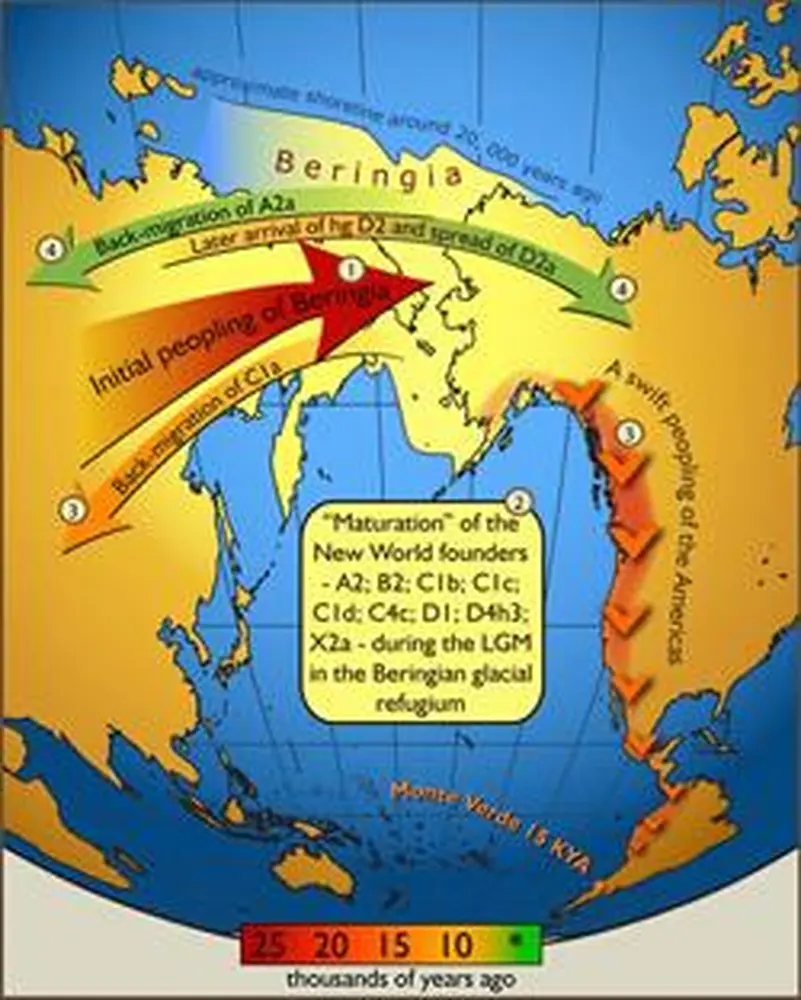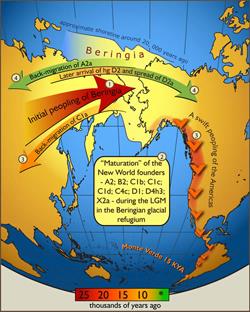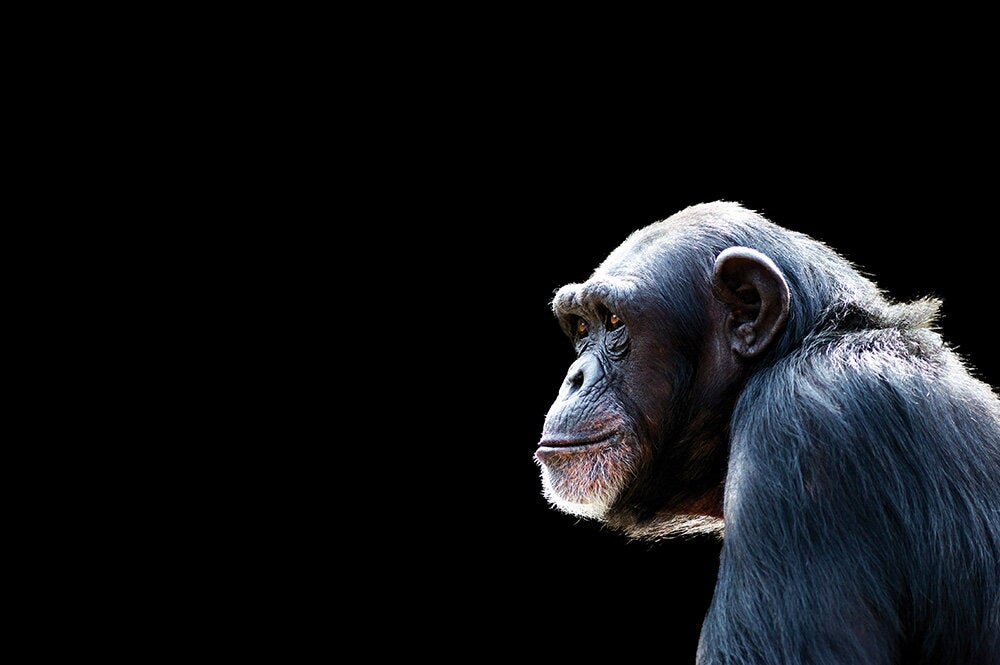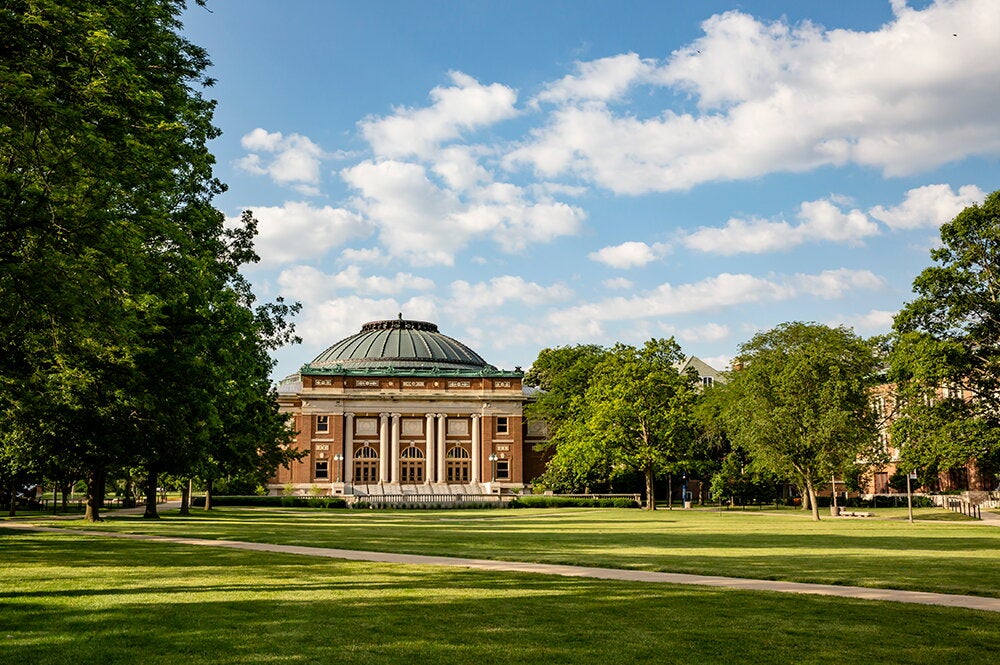

Apparently the first humans to reach the New World took a while to get there. A geneticist at the University of Illinois believes that migrants from Asia lingered around a former land mass between Siberia and Alaska—called Beringia—for as long as 15,000 years before finally spreading south into the Americas.
The standstill provided researchers with clues to understand their migration. The pause was long enough for the first Americans to have formed their own distinct genetic makeup before populating the New World, according to a research team led by Ripan Malhi in the College of Liberal Arts and Sciences' Department of Anthropology.
Their study addresses recently uncovered archaeological evidence that humans may have left Siberia for the New World as long as 30,000 years ago. This challenged the notion that humans reached Beringia only 15,000 years ago and then continued to spread rapidly into the Americas.
Armed with pooled data from around the world, a team of 21 researchers found DNA evidence that the first pioneers were isolated in Beringia— likely by ecological barriers, including the Ice Age—for an extended period. The researchers identified three groups of DNA in Native Americans that share a common ancestor, which are widely distributed in the Americas but absent in Asia, and two additional groups that are only distantly related to ancestral Asian DNA.
In addition, researchers found that certain lineages of DNA are uniformly distributed across North and South America, suggesting that the first Americans moved quickly when they finally ventured into the New World.
"After the Beringian standstill," say the authors, "the initial North to South migration was likely a swift pioneering process, not a gradual diffusion." There's evidence of humans at the southern tip of South America as long as 15,000 years ago.
"The ancestors of Native Americans peopled Beringia before the Last Glacial Maximum"—the maximum extent of the glaciers, about 20,000 years ago—"but remained locally isolated until entering the Americas at 15,000 years before the present," the researchers concluded.
Malhi directs the Molecular Anthropology Laboratory, which conducts research in molecular anthropology, DNA analysis, phylogenetics, evolutionary genomics, forensic science, and population genetics.


